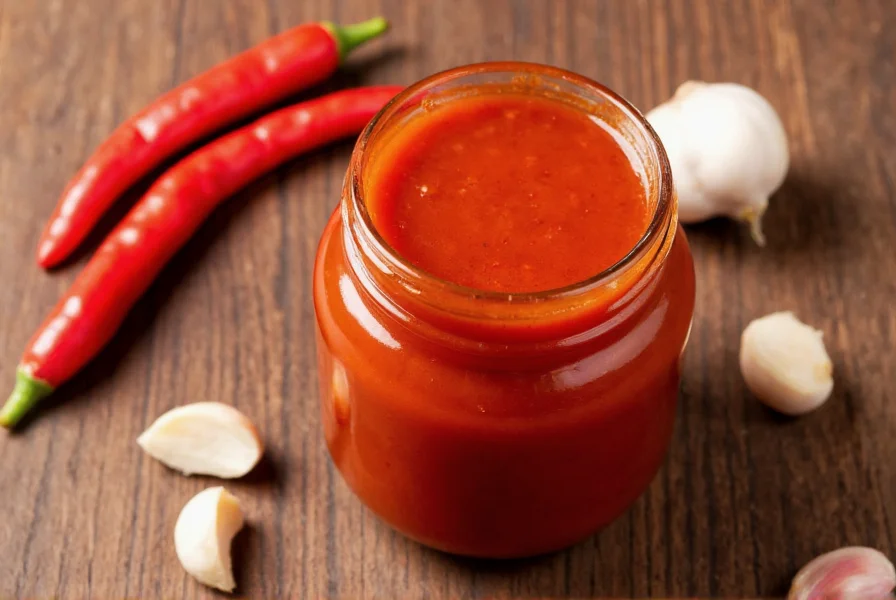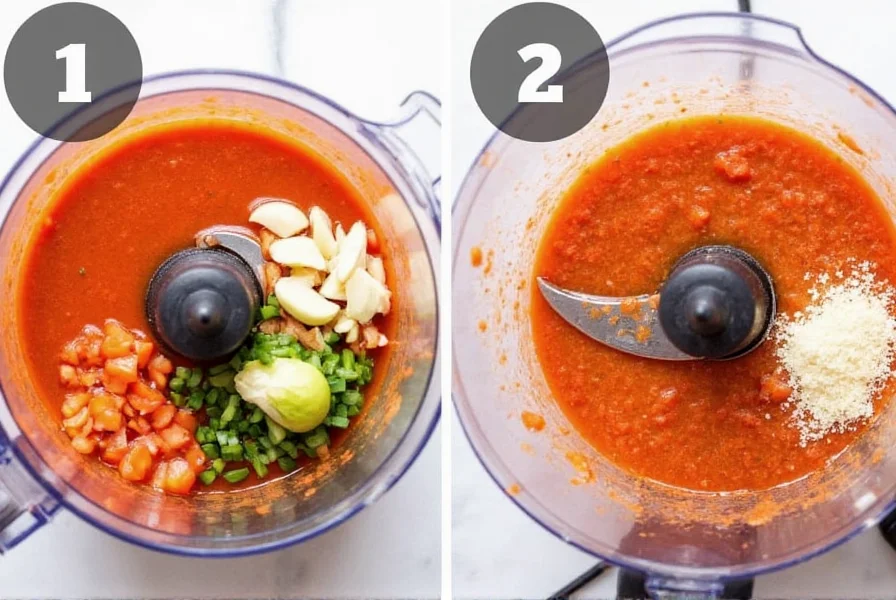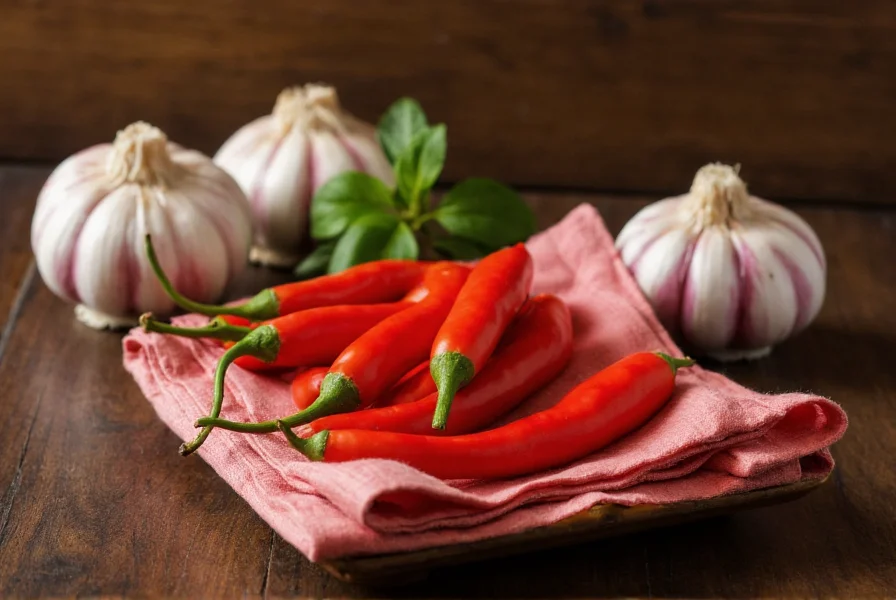Many home cooks and food enthusiasts search for information about chili garlic, often confused about whether it refers to a specific ingredient or preparation method. Understanding this common culinary staple can transform your cooking and help you make informed choices when selecting or preparing this flavorful condiment.
What Exactly Is Chili Garlic?
The term "chili garlic" creates frequent confusion. Unlike specific plant varieties such as jalapeño or serrano peppers, chili garlic isn't a single botanical entity. Instead, it describes either:
- A sauce combining chili peppers and garlic as primary ingredients
- A flavor profile featuring both spicy chilies and aromatic garlic
- A paste or powder mixture of dried chilies and garlic
Most commercially available products labeled as "chili garlic" are actually chili garlic sauce, which typically contains 30-50% garlic and 20-40% chili peppers, with the remainder consisting of vinegar, vegetable oil, salt, and sometimes sugar or preservatives.

Key Components and Variations
Authentic chili garlic sauce maintains a careful balance between its two star ingredients. The quality depends significantly on:
| Ingredient | Quality Indicator | Common Substitutes |
|---|---|---|
| Chili peppers | Bright red color, fresh aroma | Red pepper flakes, cayenne |
| Garlic | Pure white cloves, strong fragrance | Garlic powder (less ideal) |
| Vinegar | Clear appearance, sharp aroma | Lime juice, rice vinegar |
| Oil | Neutral flavor, clear appearance | Sesame oil (adds flavor) |
Regional variations exist across Asian cuisines. Southeast Asian versions often include additional ingredients like shrimp paste or fish sauce, while Chinese versions typically maintain a simpler profile focusing purely on chili and garlic. The heat level can range from mild (using larger red chilies) to extremely hot (using small bird's eye chilies).
Culinary Applications of Chili Garlic Sauce
Understanding how to use chili garlic sauce properly can elevate numerous dishes. Professional chefs recommend these applications for optimal flavor development:
- Stir-fries: Add during the last minute of cooking to preserve fresh garlic flavor
- Marinades: Combine with soy sauce and honey for meats or tofu
- Dipping sauces: Mix with vinegar and sugar for dumplings or spring rolls
- Seafood preparations: Blend with lime juice for shrimp or fish dishes
- Ramen enhancement: Stir into broth for instant or homemade ramen
When cooking with chili garlic sauce, remember that heat builds gradually. Start with small amounts (1/2 teaspoon per serving) and adjust to taste. The sauce's flavor develops differently when cooked versus used raw - cooking mellows the garlic while raw applications provide more pungency.
Nutritional Profile and Health Considerations
Chili garlic sauce offers more than just flavor. Both primary ingredients contribute notable health benefits:
- Garlic components: Allicin provides antimicrobial properties and may support cardiovascular health
- Chili components: Capsaicin boosts metabolism and contains vitamin C
- Sodium content: Commercial varieties often contain 100-200mg per teaspoon
- Calorie count: Approximately 5-10 calories per teaspoon
For those monitoring sodium intake, homemade chili garlic sauce allows complete control over salt content. Individuals with acid reflux should consume chili garlic products in moderation, as both ingredients can trigger symptoms in sensitive individuals. The sauce contains no common allergens, making it suitable for most dietary restrictions.
Creating Your Own Homemade Chili Garlic Sauce
Producing authentic chili garlic sauce at home ensures freshness and allows customization of heat level and ingredients. This basic recipe yields a versatile sauce perfect for multiple applications:
- Combine 1 cup fresh red chilies (stemmed), 1/2 cup peeled garlic cloves, 1/4 cup vinegar, and 1/2 teaspoon salt in a food processor
- Pulse until coarsely chopped, scraping down sides as needed
- With processor running, slowly add 1/2 cup neutral oil until emulsified
- Transfer to clean glass jar and refrigerate for at least 24 hours before use
- Store in refrigerator for up to 3 weeks

For variations, consider adding 1 teaspoon sugar for balance, substituting rice vinegar for sharper acidity, or including 1/4 teaspoon xanthan gum for thicker consistency. The sauce's flavor improves after 2-3 days as the ingredients meld together.
Selecting Quality Commercial Products
When purchasing store-bought chili garlic sauce, examine labels carefully to ensure quality. Look for these indicators of superior products:
- Garlic listed as one of the first two ingredients
- Minimal additives and preservatives
- No artificial colors or flavors
- Visible garlic and chili particles in the sauce
- Opaque packaging to protect from light degradation
Avoid products where water, sugar, or thickeners appear before garlic and chilies in the ingredient list. Premium brands typically maintain a thicker consistency that clings to food rather than separating into liquid and solids. Properly stored (in a cool, dark place before opening, then refrigerated after opening), quality chili garlic sauce remains usable for 12-18 months.











 浙公网安备
33010002000092号
浙公网安备
33010002000092号 浙B2-20120091-4
浙B2-20120091-4